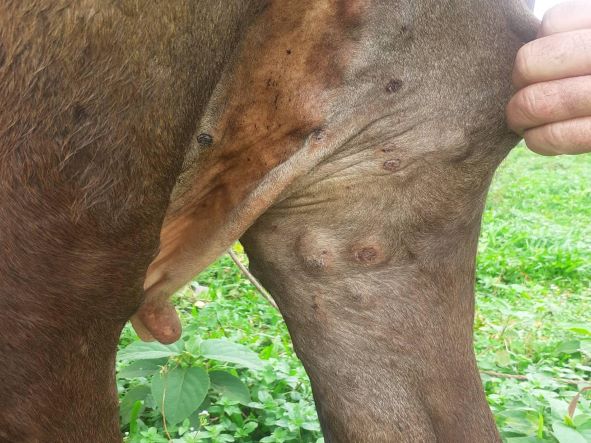Descriptive epidemiology of the first lumpy skin disease outbreak in Bhutan
Keywords:
Capripoxvirus, Lumpy skin disease, transboundaryAbstract
Lumpy skin disease (LSD) is a viral disease caused by lumpy skin disease virus (LSDV), belonging to the family Poxviridae and genus Capripoxvirus. The disease is endemic in most of the African and middle eastern countries and has recently spread to the Asian nations. The first outbreak of LSD in Bhutan was confirmed on the 5th of October 2020 in tissue samples collected from cattle suffering from disease with typical signs of LSD in a district called Samtse. A survey was conducted to describe and assess the extent of outbreak and determine the probable date of virus introduction. During the October month of 2020, 79 affected households were interviewed using a structured questionnaire. The prevalence of lumpy skin disease during the survey in the affected farms ranged from 9-100%. The mean prevalence in the affected farms was 42.5% (38.07- 46.91). The district (Dzongkhag) prevalence of LSD was 0.5% (0.39-0.55). The formation of nodule and wound on skin were the most commonly reported signs. The earliest onset of symptoms of LSD was on 1 July 2020. Considering the incubation period of 14-28 days, it was likely that the disease was introduced between 3 and 17 June 2020. Despite being reported for the first time, cattle owners had a fairly good knowledge and perception about the disease. As LSD is a transboundary animal disease with arthropod vectors playing role in transmission, its elimination from the country will depend on the measures undertaken in the neighboring countries of the region. Therefore, effective control and elimination of LSD requires a concerted regional approach.

Downloads
Published
License
Copyright (c) 2022 Bhutan Journal of Animal Science

This work is licensed under a Creative Commons Attribution 4.0 International License.





